Home>Articles>How Many Jelly Rolls Needed To Make A Queen Size Quilt
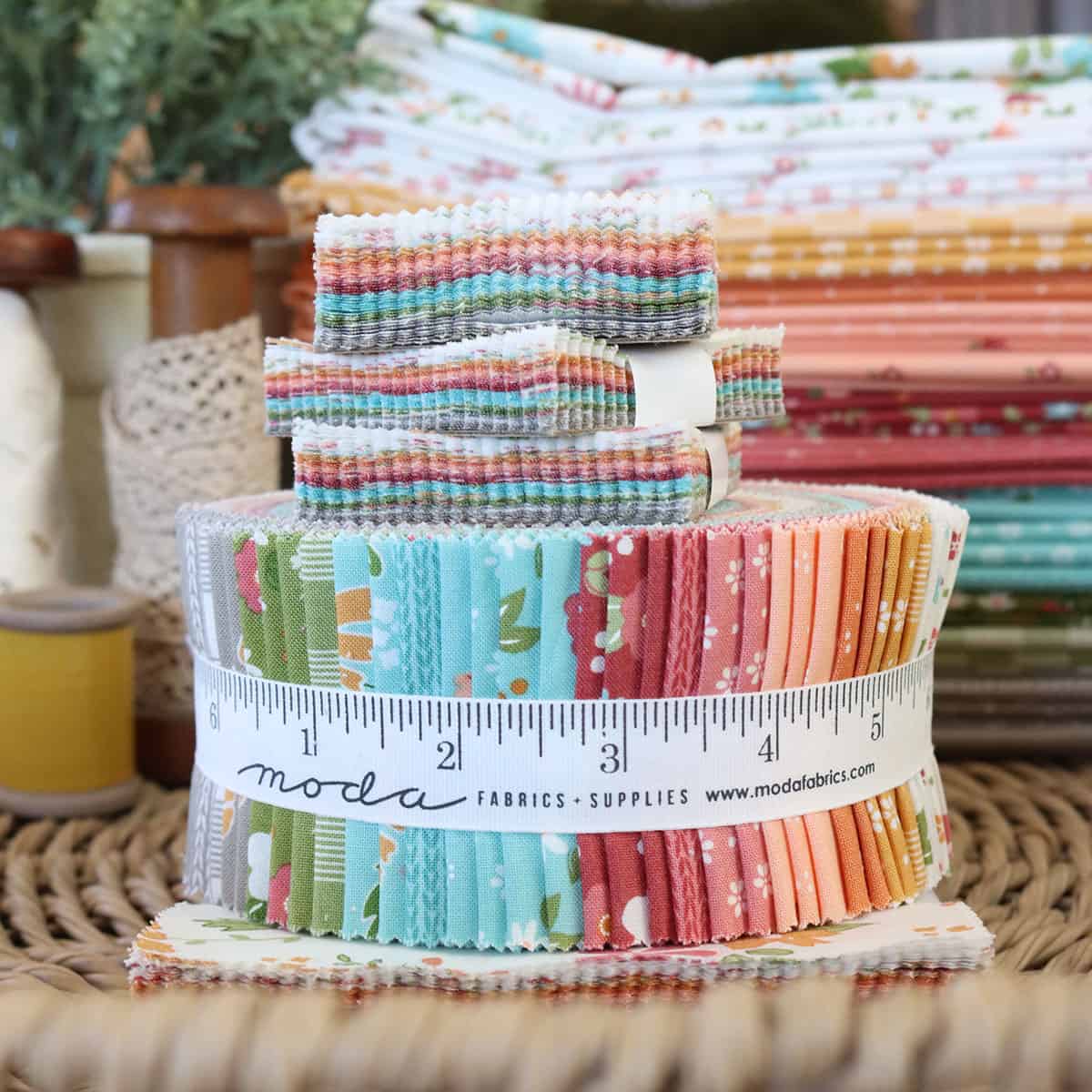

Articles
How Many Jelly Rolls Needed To Make A Queen Size Quilt
Modified: February 24, 2024
Find out how many jelly rolls you need to create a beautiful queen size quilt with this informative article. Step-by-step instructions and helpful tips included.
(Many of the links in this article redirect to a specific reviewed product. Your purchase of these products through affiliate links helps to generate commission for Storables.com, at no extra cost. Learn more)
Introduction
Quilting is an art form that has been cherished for centuries. The process of creating a quilt involves stitching together layers of fabric to create a warm and cozy masterpiece. One popular type of fabric used in quilting is the jelly roll. These pre-cut strips of fabric come in a variety of colors and designs, making them a versatile choice for quilt making.
In this article, we will explore the world of jelly rolls and how many are needed to make a queen size quilt. Whether you are a seasoned quilter or a beginner looking to embark on your first quilting project, this information will guide you in determining the amount of fabric required for your queen size quilt.
Before we dive into the specifics, let’s take a moment to understand what a jelly roll is and how it can be used in quilt making.
Key Takeaways:
- Determining the number of jelly rolls needed for a queen size quilt involves calculating the total surface area and dividing by the number of strips in a jelly roll. This convenient method allows for easy and efficient quilt making.
- Incorporating jelly rolls into quilting projects adds versatility and convenience, making the process enjoyable. From determining quilt size to creating the quilt sandwich, utilizing jelly rolls simplifies the creation of a beautiful and cozy queen size quilt.
Read more: How To Make A Jelly Roll Quilt
Understanding Jelly Rolls
A jelly roll is a pre-cut bundle of fabric strips that are typically 2.5 inches wide by the width of the fabric, which is usually around 42-44 inches. These strips are rolled up and packaged together, hence the name “jelly roll”.
Jelly rolls are a popular choice among quilters because they offer a wide variety of fabric designs and colors in a convenient pre-cut form. They are often sold in coordinating collections, allowing quilters to easily mix and match fabrics for their projects.
Quilters can find jelly rolls in various fabric types, such as cotton, flannel, or even batik fabrics. The fabric strips in a jelly roll are usually cut selvage to selvage, meaning they are cut across the full width of the fabric. This ensures that the fabric strips are continuous and provide ample material for quilting projects.
Jelly rolls are versatile and can be used in many different quilt patterns. Some common quilt blocks that can be made using jelly rolls include log cabin, kaleidoscope, and rail fence. The pre-cut size of the fabric strips makes it easy to sew them together and create stunning designs without the need for extensive cutting and measuring.
Now that we have a better understanding of what jelly rolls are, let’s move on to determining the size of a queen size quilt and how many jelly rolls are needed to complete it.
Determining Quilt Size
Before you start gathering the necessary materials for your quilting project, it’s important to determine the desired size of your queen size quilt. A standard queen size bed typically measures 60 inches by 80 inches. However, keep in mind that these dimensions can vary slightly depending on the manufacturer or individual bed frame.
When determining the size of your quilt, you need to consider a few factors. First, think about how you want the quilt to hang on the bed. Do you prefer a quilt that just covers the top of the mattress, or one that drapes over the sides and foot of the bed? This will help you determine the dimensions of your quilt top.
Another important consideration is the drop, which refers to how much of the quilt hangs over the sides of the mattress. Some people prefer a minimal drop, while others like a generous overhang. The typical drop measurement for a queen size quilt is around 20 inches on each side and the foot of the bed.
Once you have determined the dimensions of your quilt, you can start calculating the fabric requirements, including the number of jelly rolls you will need for your project.
Note: If you plan to add borders or sashing to your quilt, you will need to account for the additional fabric needed for those elements.
Now, let’s move on to the next step: calculating the fabric requirements for your queen size quilt.
A queen size quilt typically requires around 20 jelly roll strips (2.5″ x 42″) for the top, plus additional fabric for backing, binding, and borders. Be sure to check the specific pattern for exact requirements.
Calculating Fabric Requirements
Calculating the fabric requirements for your queen size quilt involves determining how many jelly rolls you will need based on the size and design of your quilt. Let’s break it down:
- Measure the dimensions of your quilt top: Measure the width and length of the quilt top you desire. For a standard queen size quilt, this would typically be around 60 inches by 80 inches.
- Calculate the total surface area: Multiply the width by the length to find the total surface area of your quilt top. In our example, the total surface area would be 60 inches multiplied by 80 inches, which equals 4800 square inches.
- Determine the fabric strip size: If your jelly roll consists of 2.5-inch wide strips, divide the total surface area by 2.5 to determine the number of strips needed. In our example, 4800 divided by 2.5 equals 1920 strips.
- Calculate the number of jelly rolls needed: Divide the total number of strips needed by the number of strips in a jelly roll. If a jelly roll typically contains 40 strips, divide 1920 by 40, which equals 48. This means you will need 48 jelly rolls to make your queen size quilt.
Keep in mind that these calculations are based on the assumption that you will solely be using jelly rolls for your quilt top. If you plan to incorporate other fabric elements, such as borders or sashing, you will need to adjust the fabric requirements accordingly.
Now that you know how to calculate the fabric requirements for your queen size quilt, it’s time to move on to the next step: actually making your quilt.
Steps to Make a Queen Size Quilt
Now that you have your fabric requirements determined, it’s time to dive into the steps to make your queen size quilt. Here is a general overview of the process:
- Prepare your fabric: Start by prewashing and ironing your fabric to ensure it is clean and free from any wrinkles or sizing. This step is crucial to prevent any shrinkage or distortion of the fabric later on.
- Cut your jelly roll strips: If your jelly roll strips are longer than the desired length for your quilt, trim them down to the appropriate size. Remember to follow the pattern or design you have chosen for your quilt.
- Design your quilt top: Lay out your jelly roll strips in the desired pattern or design for your quilt top. This is where you can get creative and play around with different arrangements to achieve the look you want.
- Sew the strips together: Once you are satisfied with the layout, start sewing the jelly roll strips together, one by one, using a quarter-inch seam allowance. Press the seams open or to one side, depending on your preference.
- Repeat to create quilt blocks: Depending on the size of your quilt, you may need to create multiple quilt blocks by repeating the previous step. Sew these blocks together to form the complete quilt top.
- Add borders and sashing (optional): If you wish to enhance the design of your quilt, you can incorporate borders or sashing between the quilt blocks. Measure and cut the appropriate fabric strips and sew them to the quilt top.
- Create the quilt sandwich: Lay the quilt top face down, followed by the batting in the middle, and then the backing fabric on top. Smooth out any wrinkles or bubbles in the layers.
- Quilt the layers together: Use your preferred quilting method, such as hand quilting, machine quilting, or long-arm quilting, to stitch the layers of the quilt together. This will secure the layers and create the desired quilting pattern.
- Finish the edges: Trim any excess batting and backing fabric, and then finish the edges of the quilt using binding fabric. Attach the binding and hand-stitch it carefully to achieve a neat and polished finish.
- Final touches: Once the quilt is completed, give it a final press to smooth out any wrinkles. You can also add any additional embellishments or details, such as labels or decorative stitches, to personalize your quilt.
Remember, these steps are a general guideline, and you can customize them based on your own quilting style and preferences. Enjoy the process of creating your queen size quilt, and soon you will have a beautiful and cozy masterpiece to cherish.
Read more: What Size Quilt Does A Jelly Roll Make
Conclusion
Quilting is a time-honored tradition that allows for creativity, self-expression, and the creation of beautiful, functional works of art. Incorporating jelly rolls into your quilting projects can add versatility and convenience, making the quilting process even more enjoyable.
In this article, we have explored the world of jelly rolls and how to determine the number needed to make a queen size quilt. We discussed the versatility of jelly rolls, their pre-cut nature, and the variety of fabric options available.
To successfully create your queen size quilt, start by determining the desired dimensions of the quilt top. Take into account factors like the drop and the desired overhang. Once the size is determined, use the calculated fabric requirements to determine how many jelly rolls you will need.
With your fabric in hand, follow the steps outlined to create your quilt: prepping the fabric, cutting the strips, designing the quilt top, sewing the strips together, adding borders or sashing if desired, creating the quilt sandwich, quilting the layers, finishing the edges, and adding final touches. These steps will guide you through the process and help you create a beautiful queen size quilt that you will be proud of.
Remember, quilting is an art form that allows you to unleash your creativity and express your unique style. Feel free to experiment with different patterns, color combinations, and quilting techniques to make your quilt truly one-of-a-kind.
So, gather your jelly rolls, start planning your design, and dive into the world of quilting. Whether you are a seasoned quilter or a beginner, making a queen size quilt with jelly rolls is a rewarding and enjoyable experience that will provide you with a cherished heirloom for years to come.
Frequently Asked Questions about How Many Jelly Rolls Needed To Make A Queen Size Quilt
Was this page helpful?
At Storables.com, we guarantee accurate and reliable information. Our content, validated by Expert Board Contributors, is crafted following stringent Editorial Policies. We're committed to providing you with well-researched, expert-backed insights for all your informational needs.
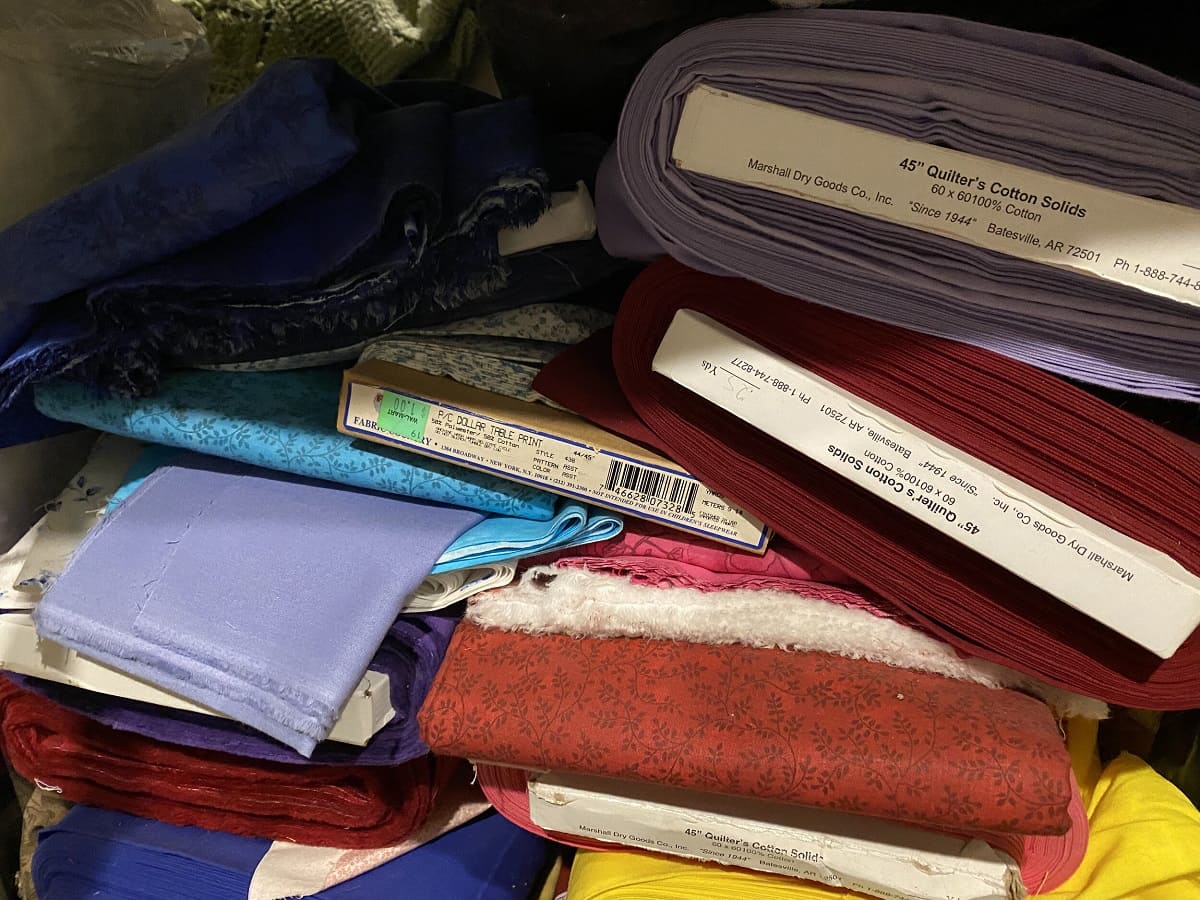
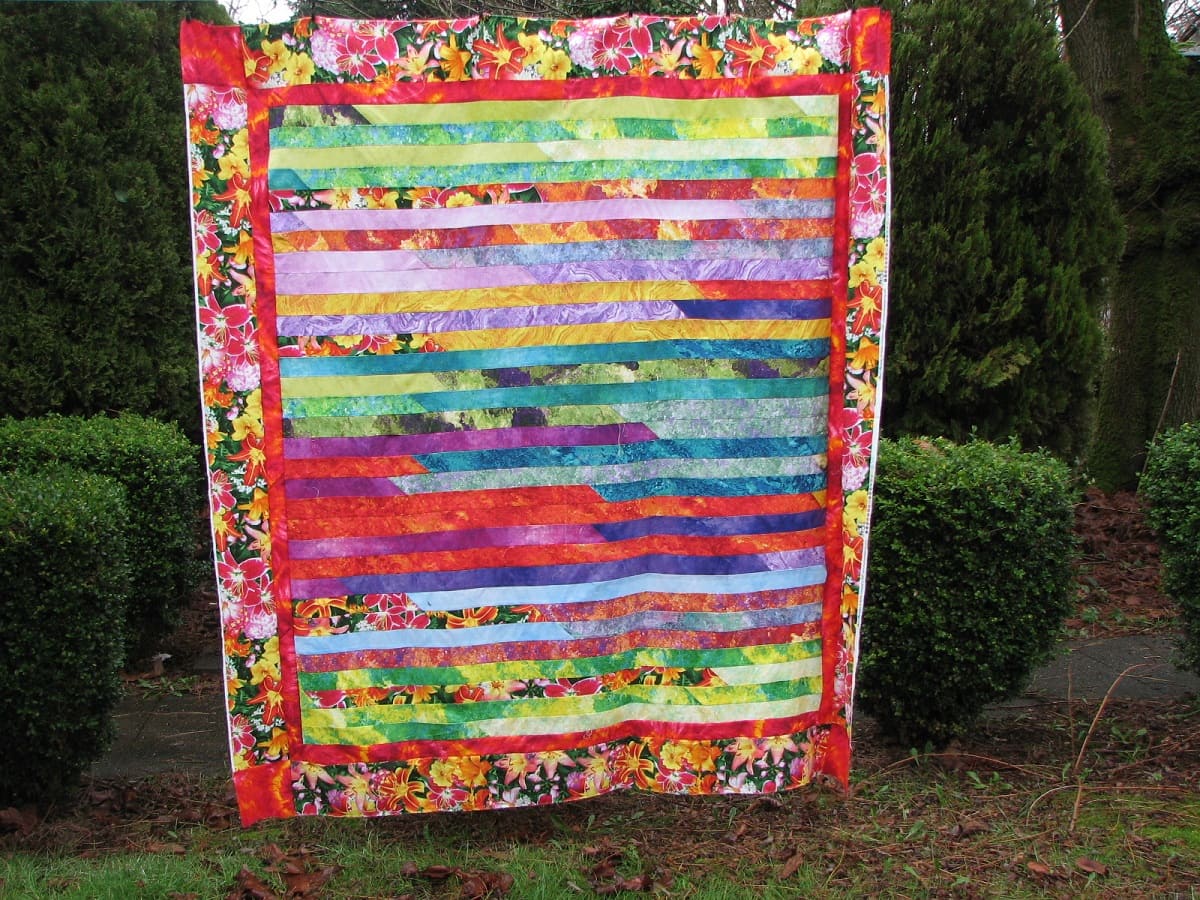
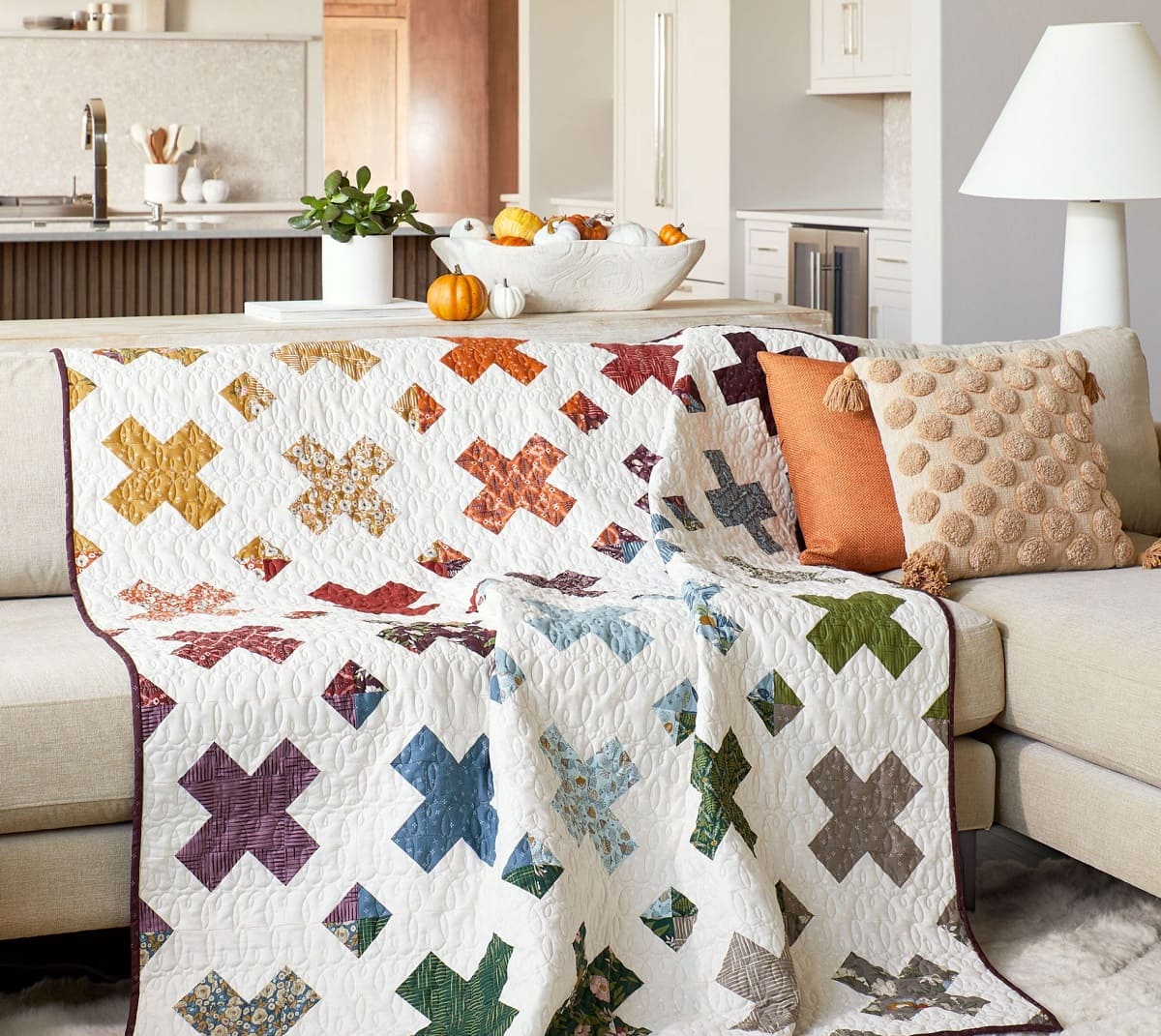
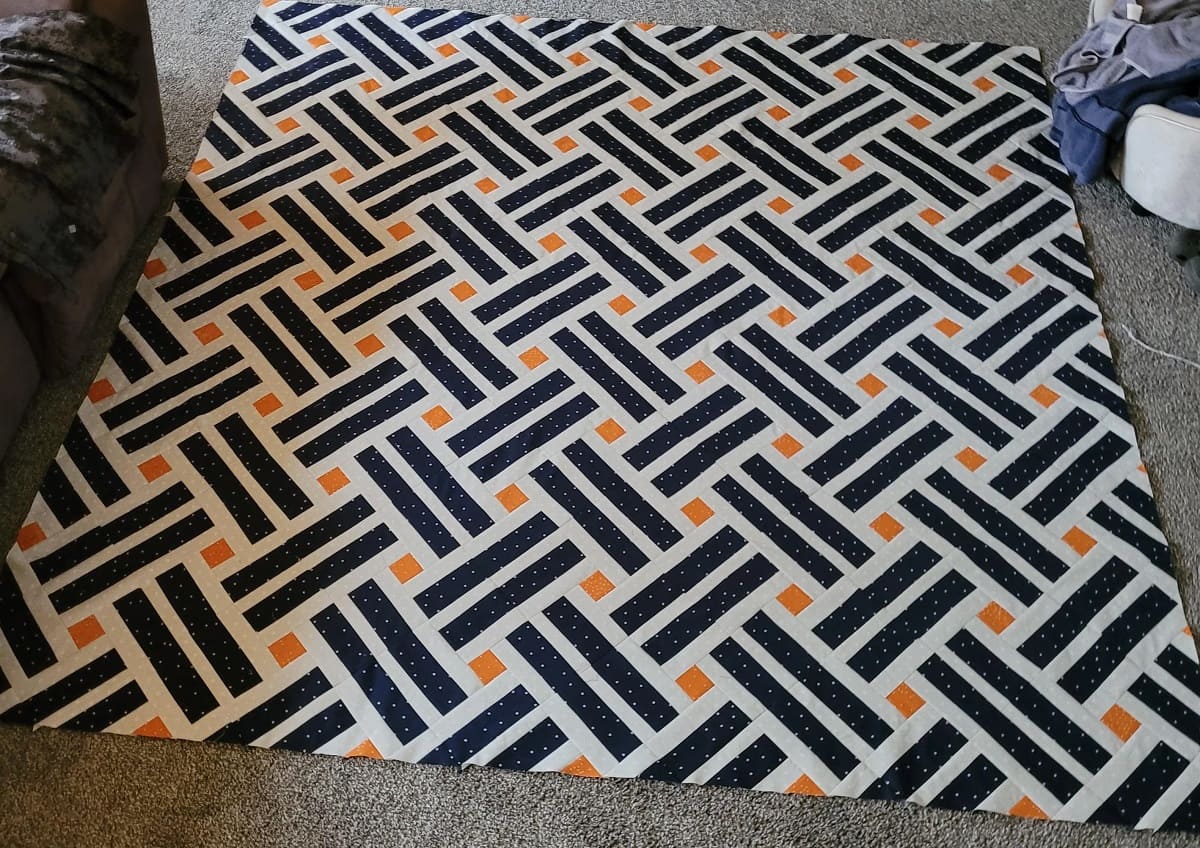
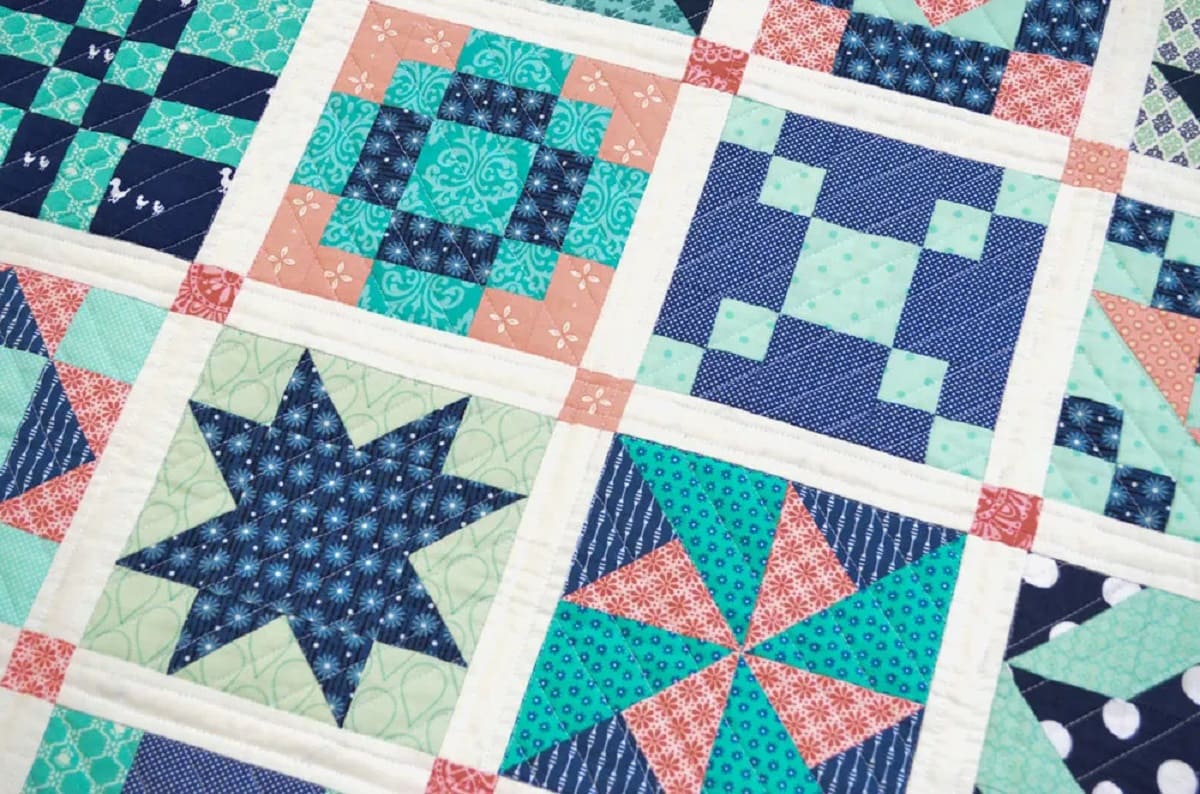
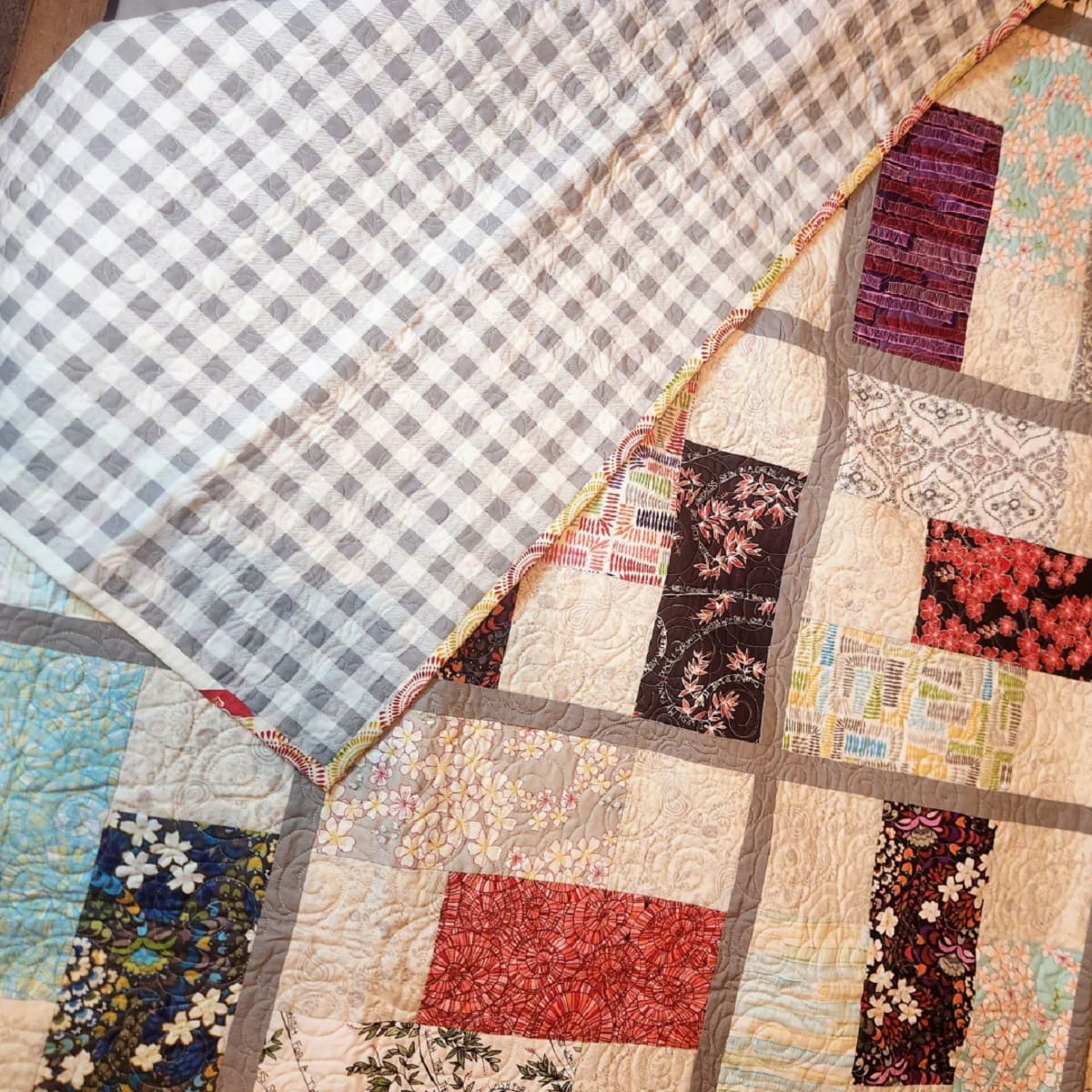
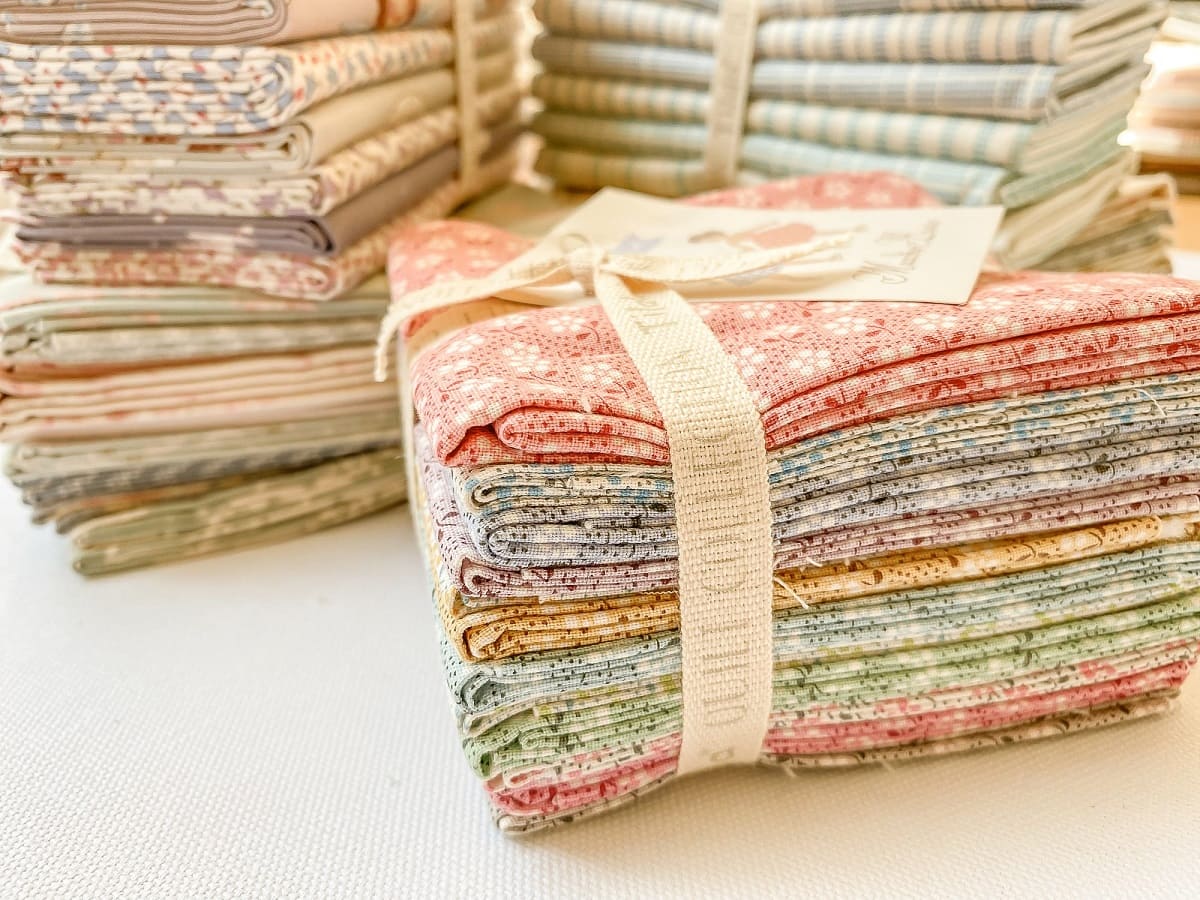
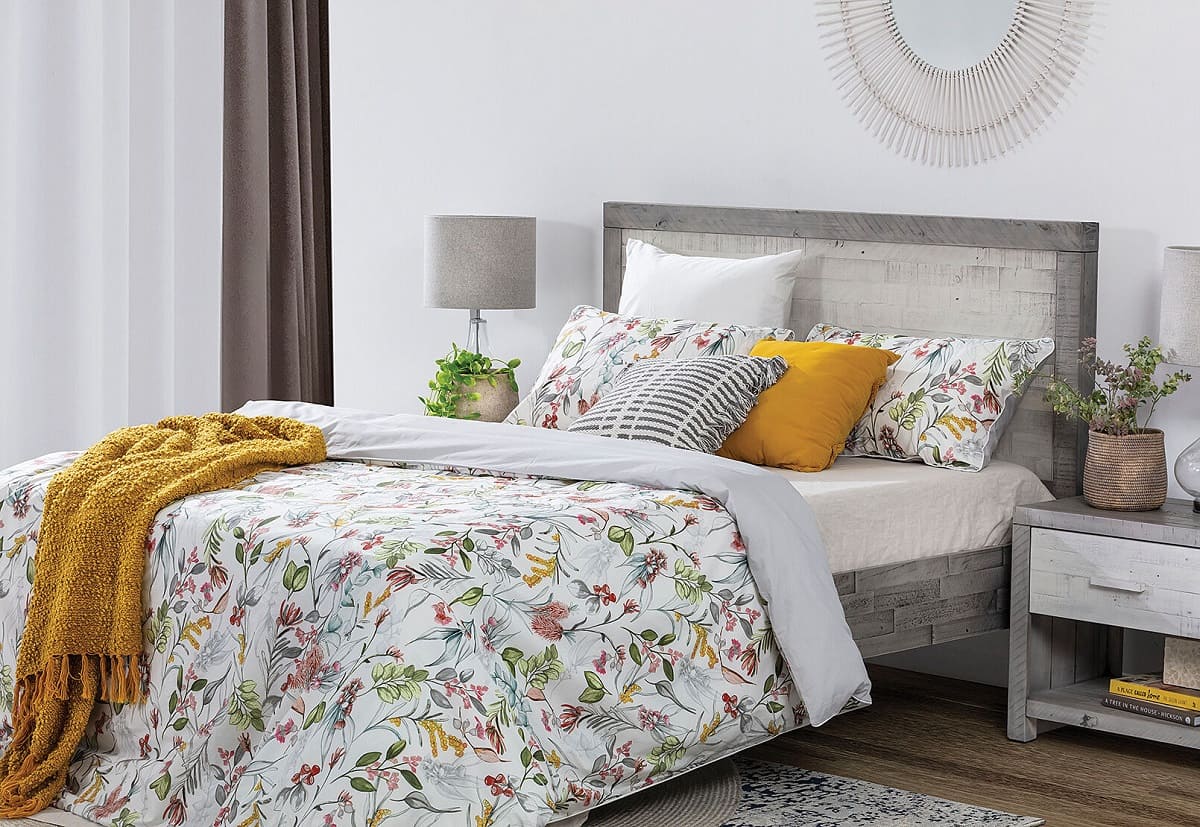
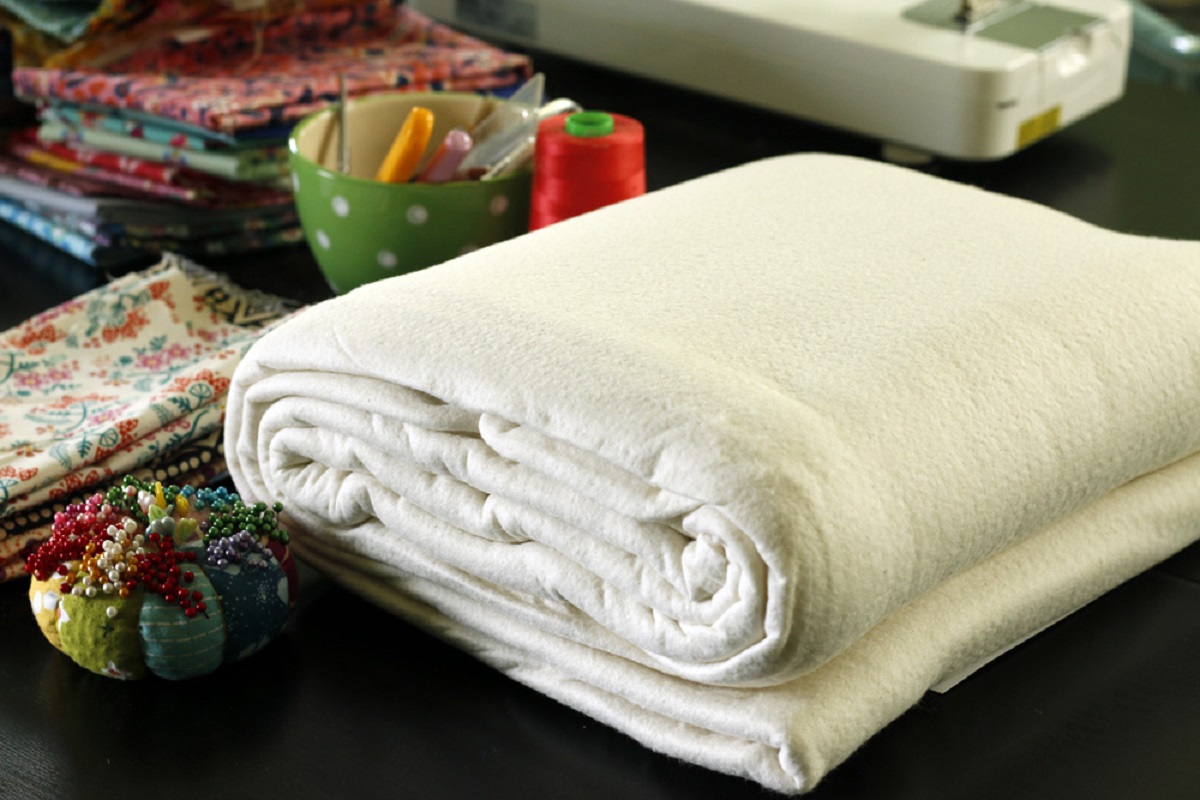
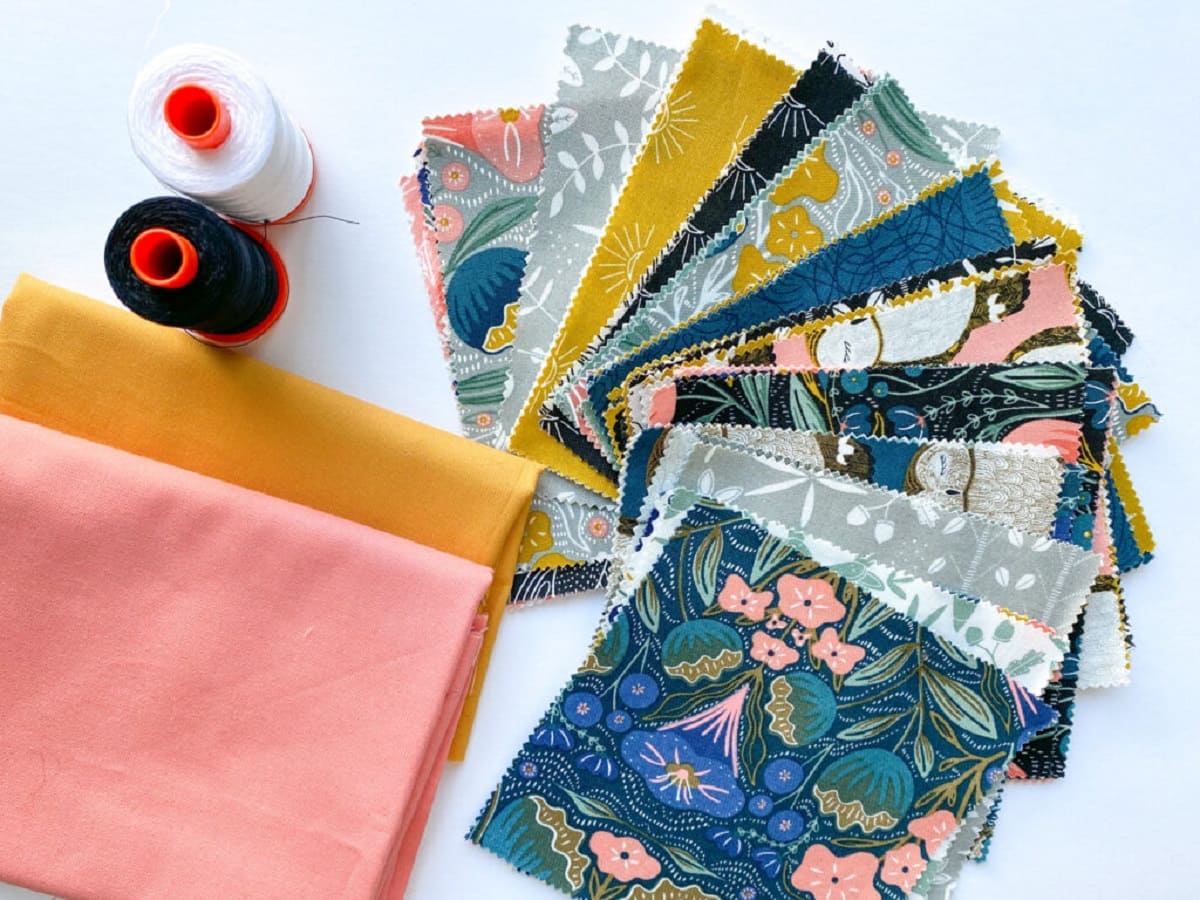
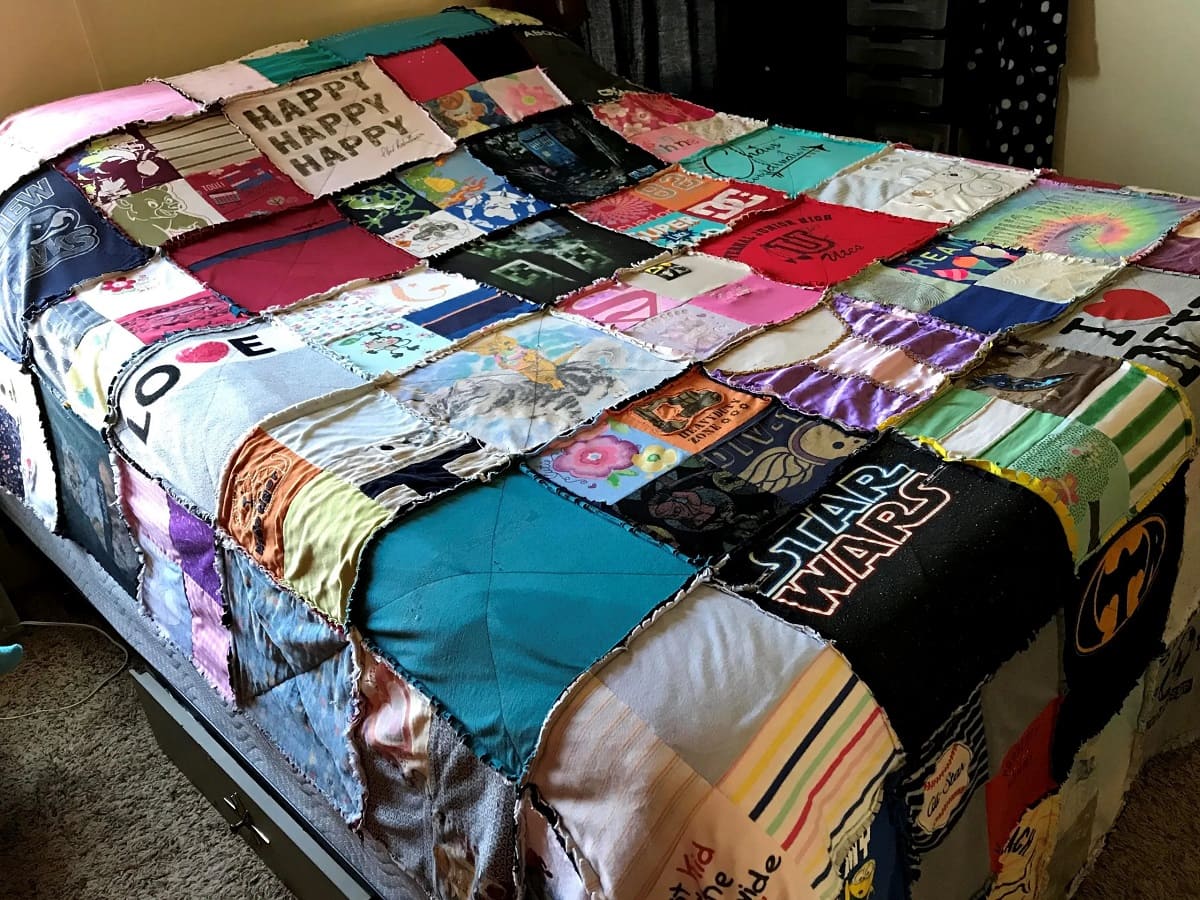
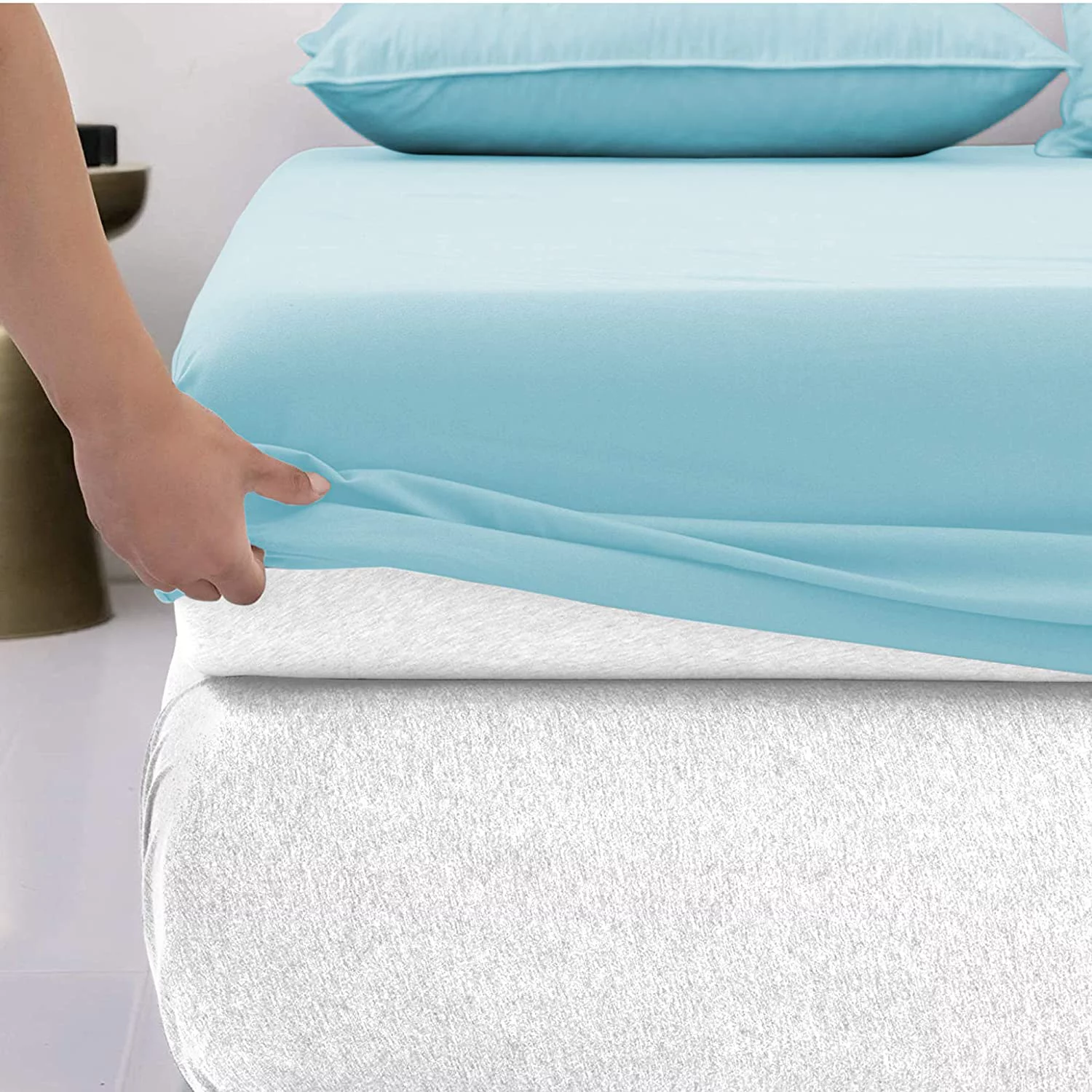
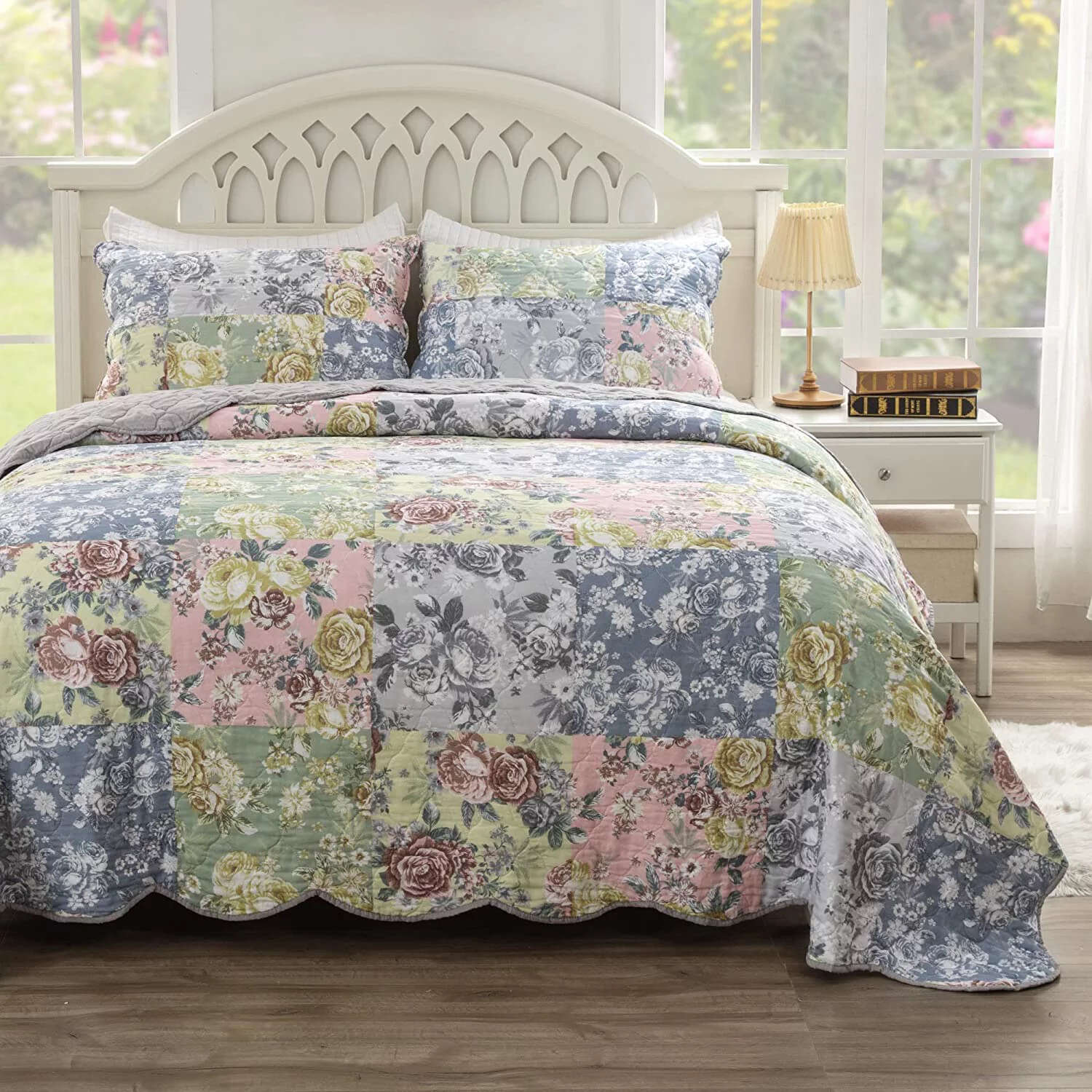
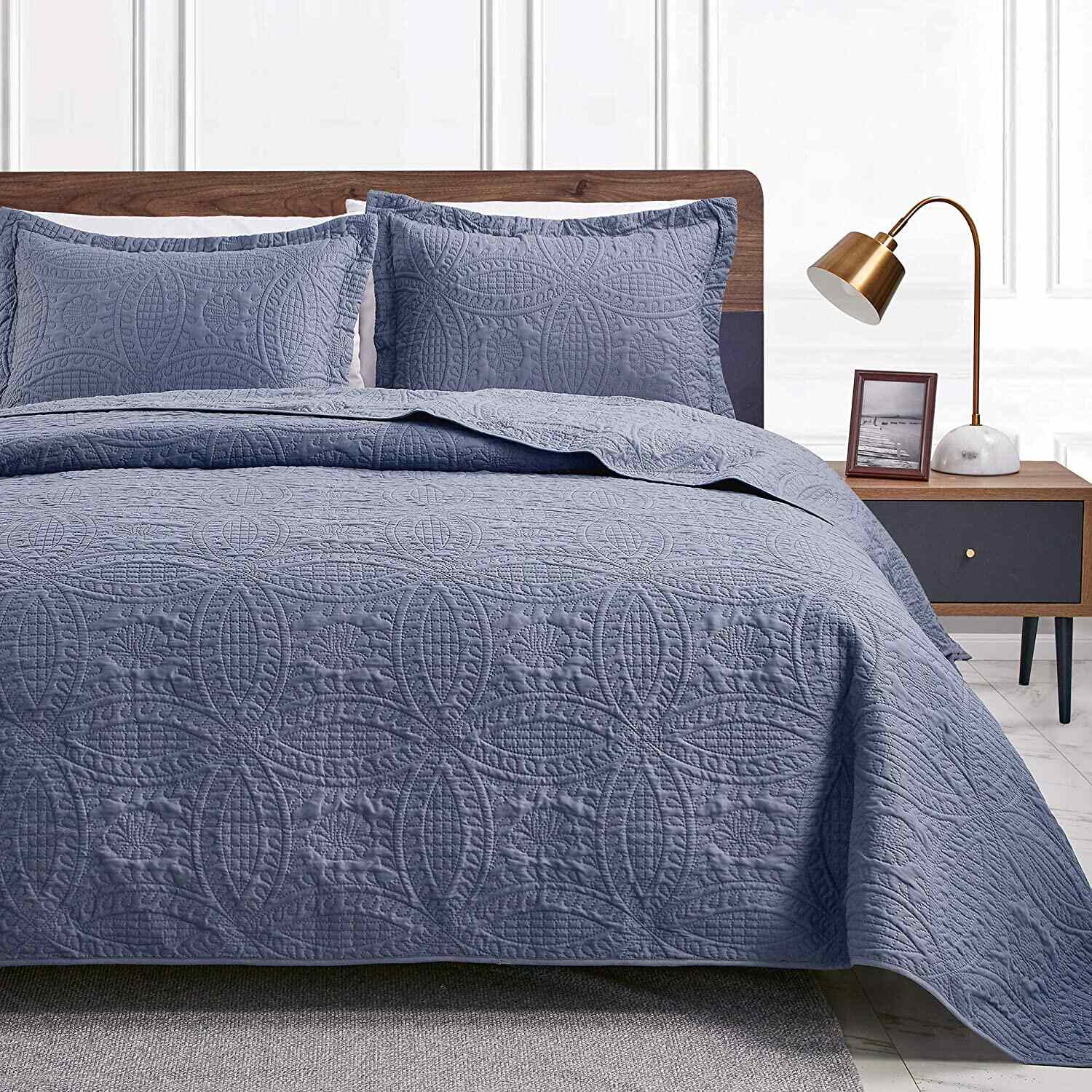

0 thoughts on “How Many Jelly Rolls Needed To Make A Queen Size Quilt”